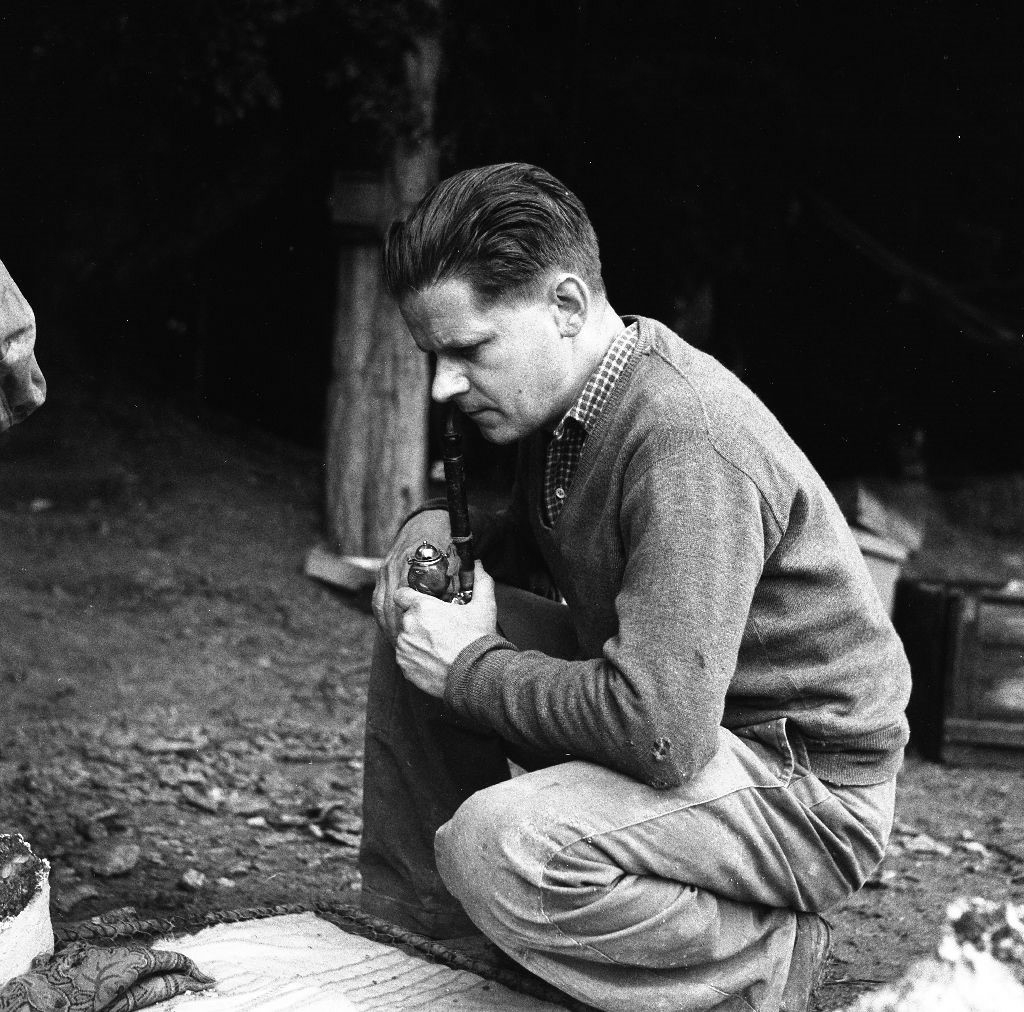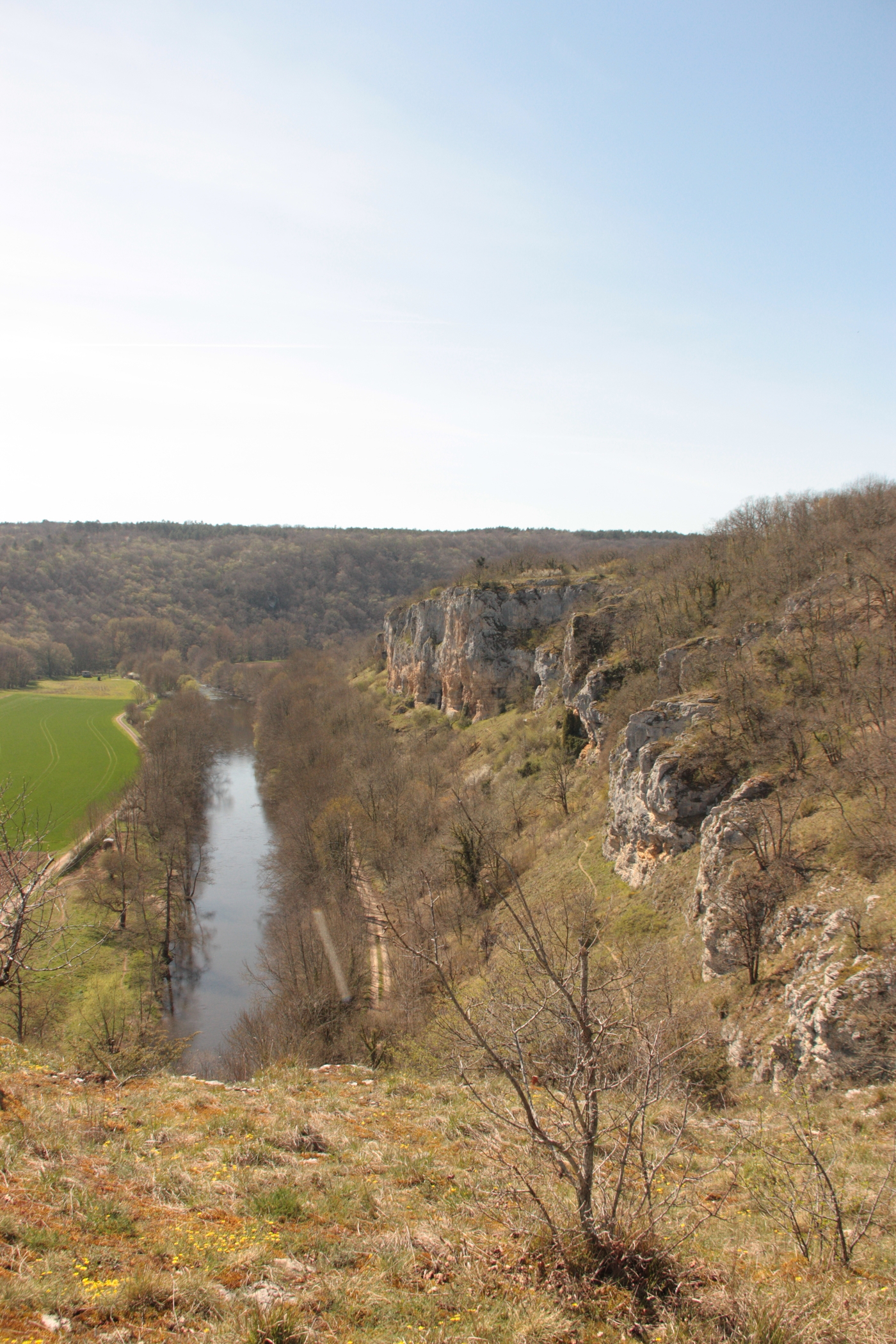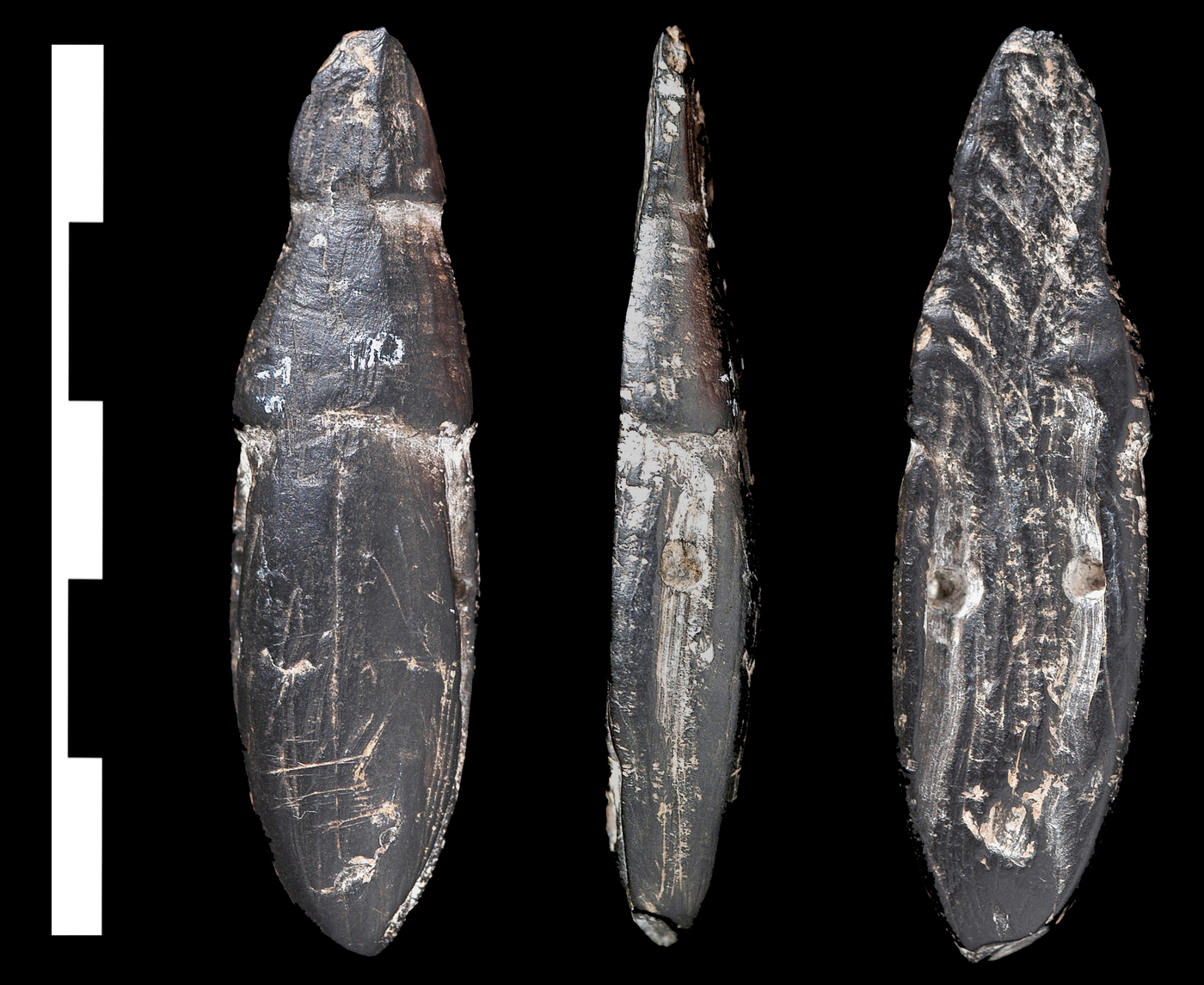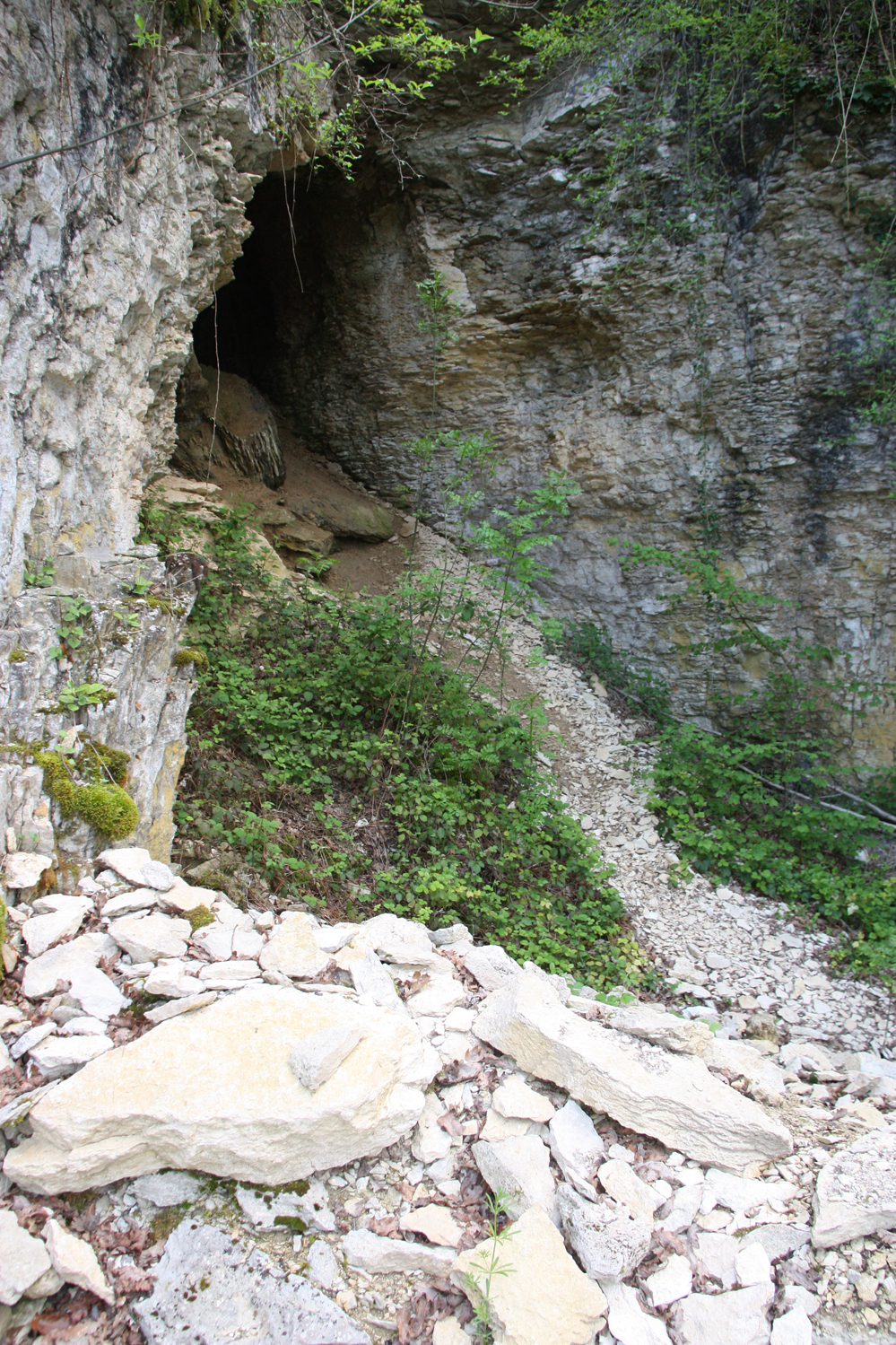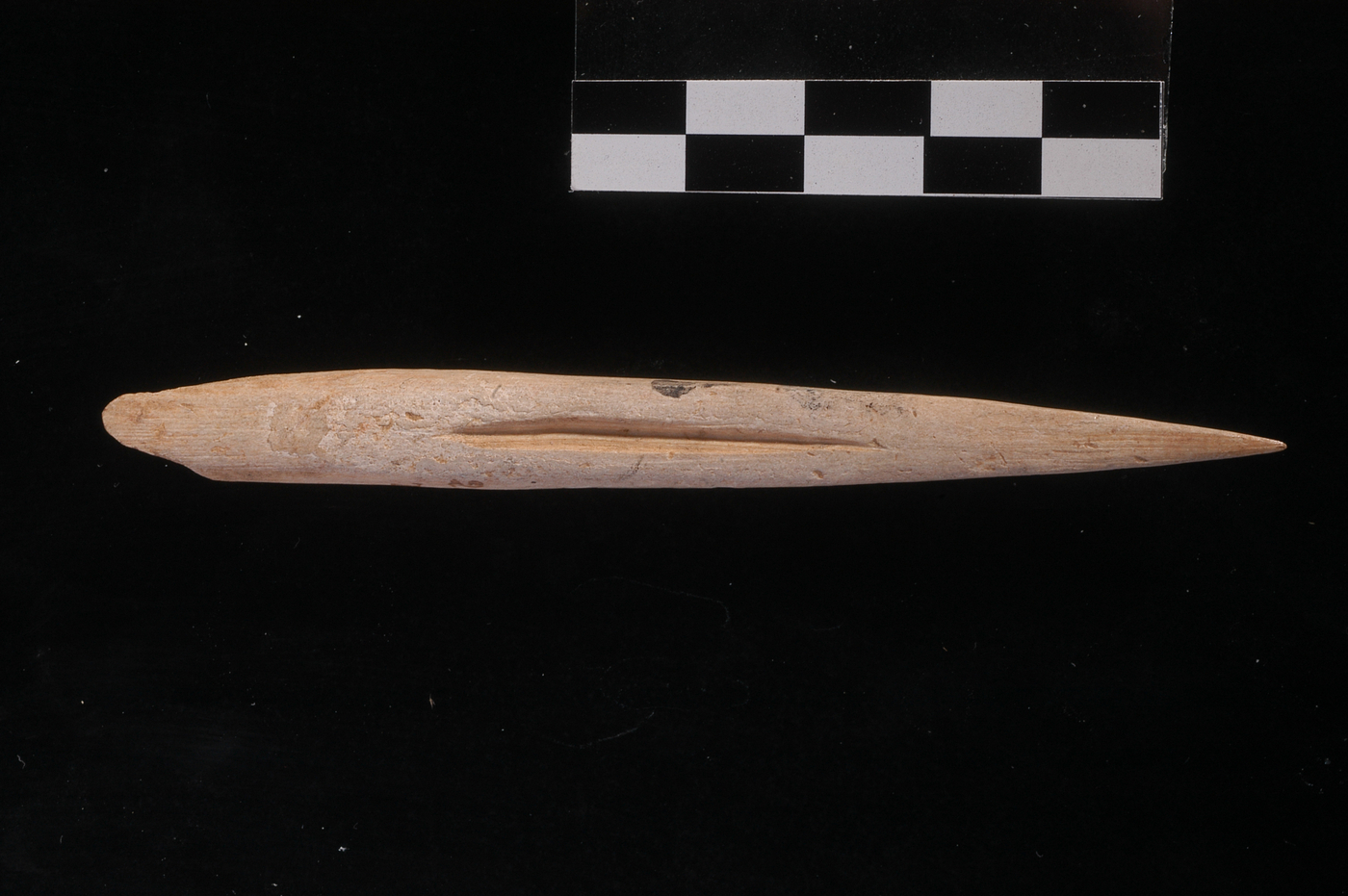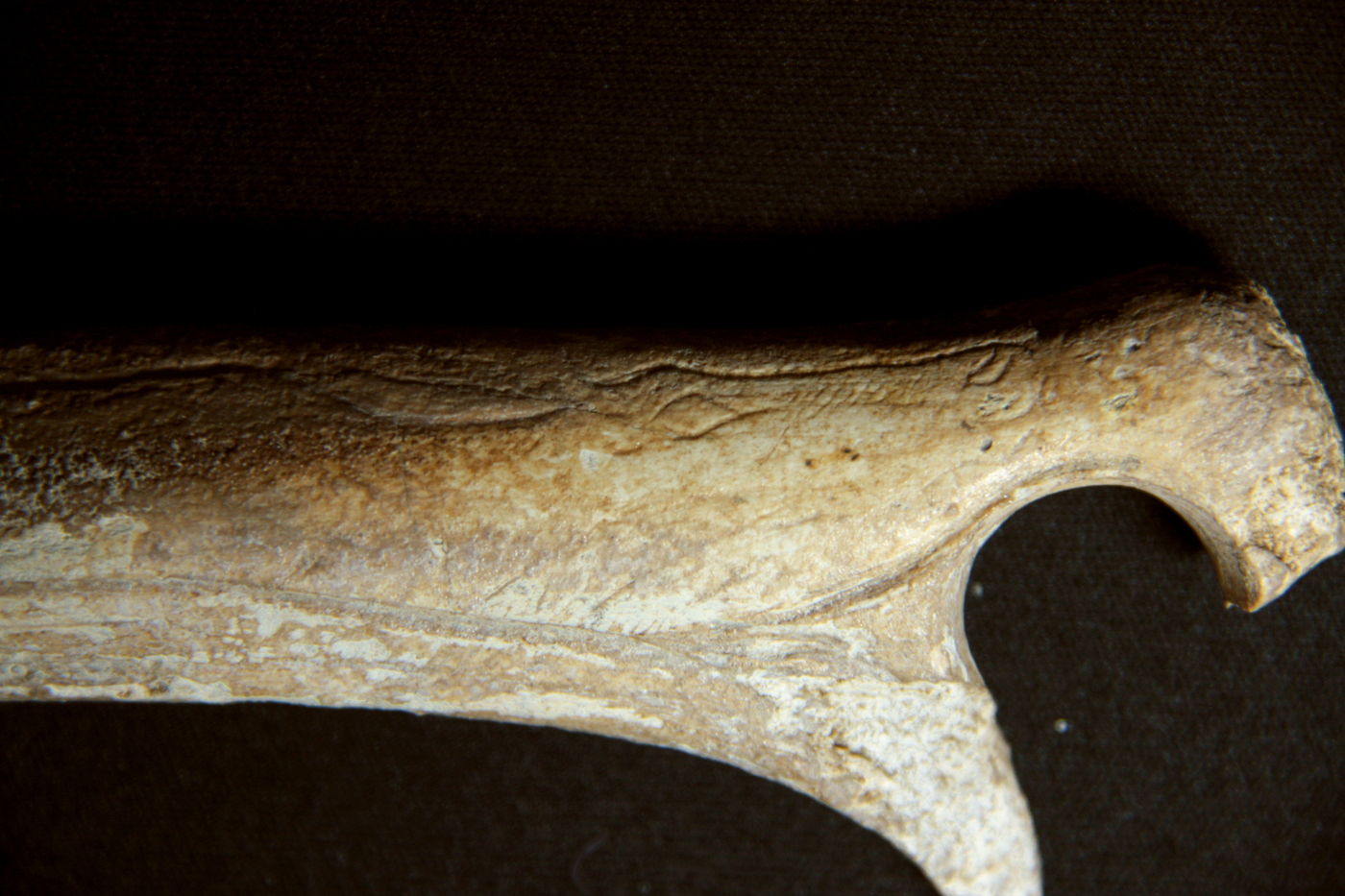Arcy-sur-Cure and Saint-Moré
Arcy-sur-Cure (Yonne) is one of the most important Palaeolithic deposits in central eastern France, but also historically a major research environment for Prehistorians working in the northern half of the country.
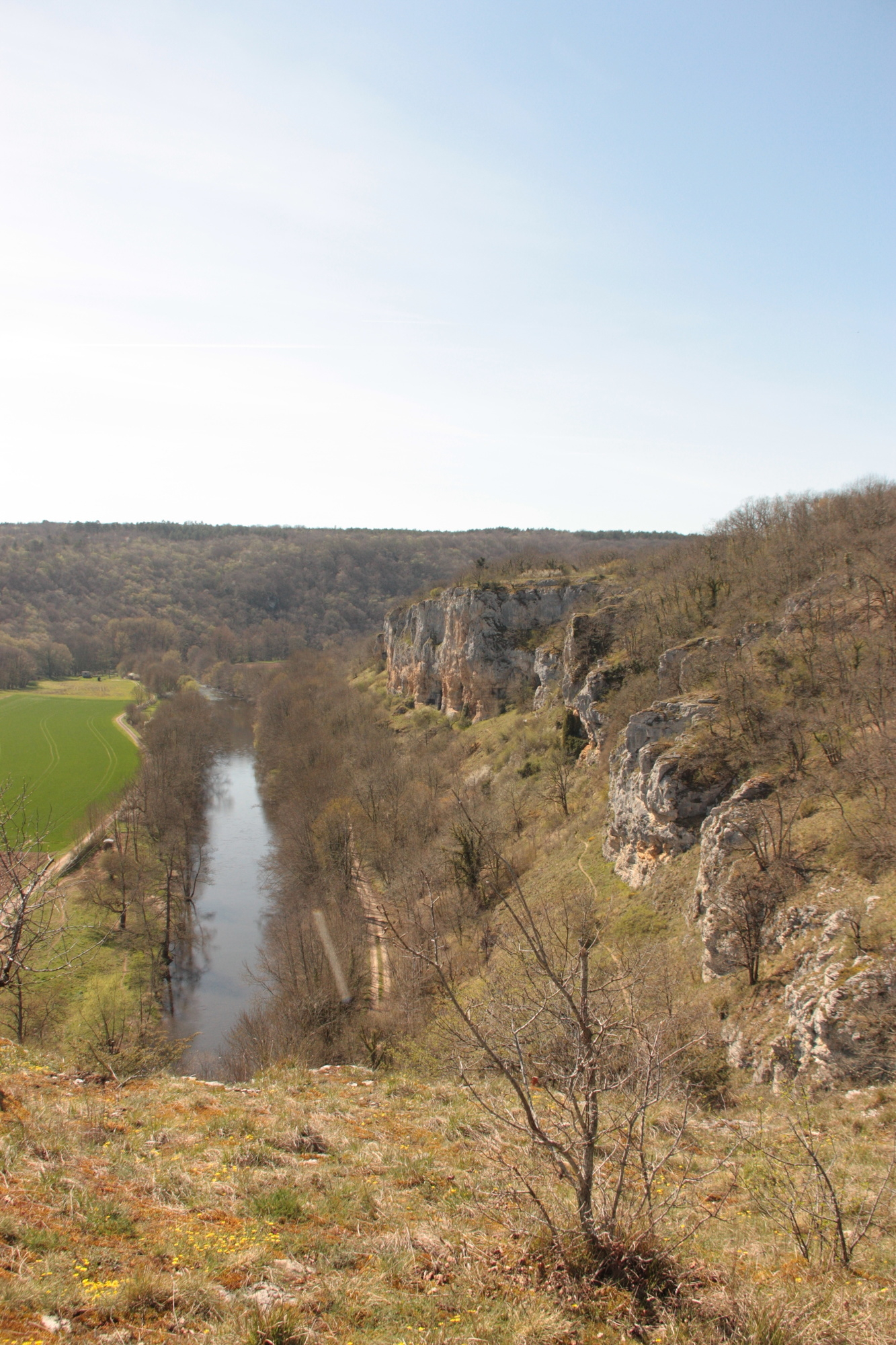
The Arcy-sur-Cure/ Saint-Moré massif has one of the largest number of Prehistoric sites in the Paris basin. We now know of around fifteen caves and rock shelters where evidence of occupation from the Middle Palaeolithic to the Neolithic have been unearthed since the end of the 19th century. The diversity of the remains, which range from lithic and bone industries to adornments, pottery, fauna and human remains, and rock art (in the Grande grotte and the Grotte de Cheval), create an outstanding research environment that broadly deserves to be known to a much wider audience.
Occupational transition from Neanderthal to modern humans
The Arcy/Saint-Moré massif is one of the rare French deposits to provide clear evidence of the transition between Neanderthal man and modern humans. The Châtelperronian levels have been excavated in the Grotte du Renne, revealing exceptional Neanderthal remains at levels where ornaments and a bone industry remind us of the activities of Homo sapiens sapiens.
Research challenges
More generally, the caves of Arcy-sur-Cure/Saint-Moré occupy an important place in the historiography of research, both into the Early Upper Palaeolithic and the Paris basin. Although research in French institutions and universities in France had long focused on issues relating to Late Glacial societies, the apparent hiatus in “ante-Magdalenian" human occupation in the Paris basin also led a certain marginalisation of research into the region (Bodu and Mevel, 2013). Since the Paris basin could almost be described as a “no mans land" compared with many Palaeolithic occupations in southwest and central France, the wealth and diversity of Palaeolithic occupations in the caves of Arcy-sur-Cure/Saint-Moré provided more promising grounds for research. However, for a long time – since it was not possible to compare them at a regional level, because there were not enough remains or they were not entirely relevant – the caves of this massif were mainly considered from an extra-regional perspective.
The 1970s: paradigm shift
A paradigm shift in the study of the occupation of the Paris basin really only came in the early 1970s. This shift came about as the result of the publication of a major thesis, by B. Schmider in 1971, which changed what we know about the period, in parallel with an increase in the number of field excavations, rescue and research-based, from the 1990s, and finally the steady development of studies carried out by universities, but also by INRAP, the CNRS and various regional archaeological departments.
The research team
The arrival in 1946 of André Leroi-Gourhan and his team lead to the formation of a research programme on the massif of the caves of Arcy-sur-Cure/Saint-Moré. The teams at Arcy-sur-Cure pioneered the application of modern excavation and analysis methods, and the ethnology of Prehistoric populations. Formalised by André Leroi-Gourhan, this approach was also the cornerstone of the laboratory he founded in 1967. Building on a technical process, this approach aims to understand and reconstruct a sociocultural reality in order to revise our geographical knowledge and provide a more detailed Palaeohistory of Prehistoric societies. The current Prehistoric Ethnology team at UMR 7041 (ArScAn), which succeeded the laboratory, continues to apply the same formative methodological approach to the massifs of Arcy/Saint-Moré. Some members of this team within a Labex (Projet 2ARC) are now engaged in a joint programme of stocktaking, protecting and researching existing materials and records, including excavation archives and undocumented collections.


